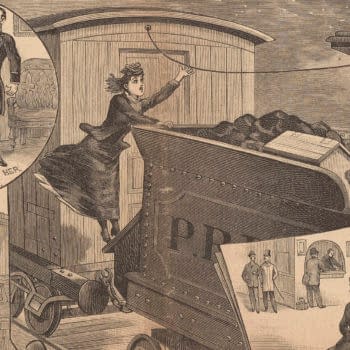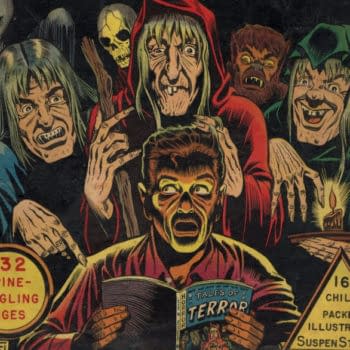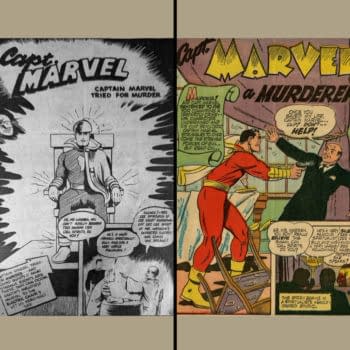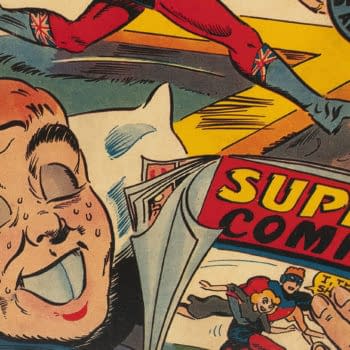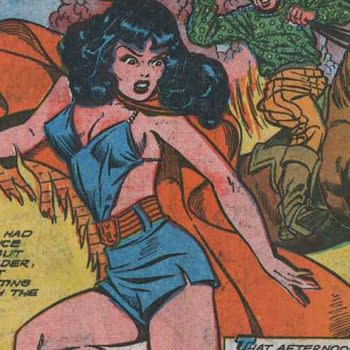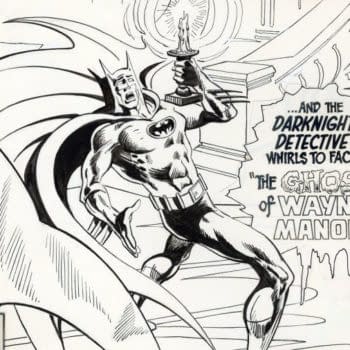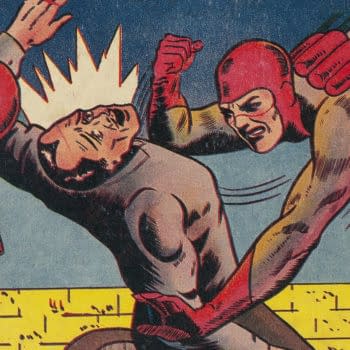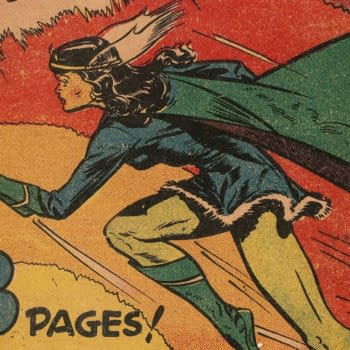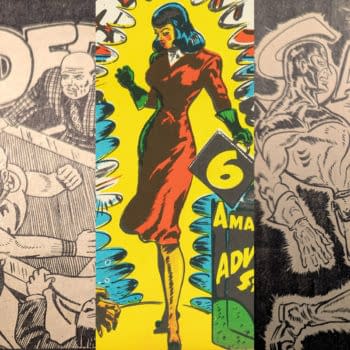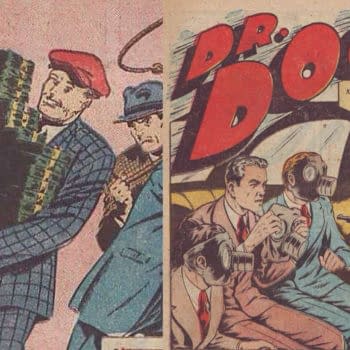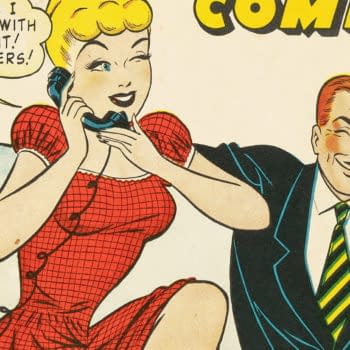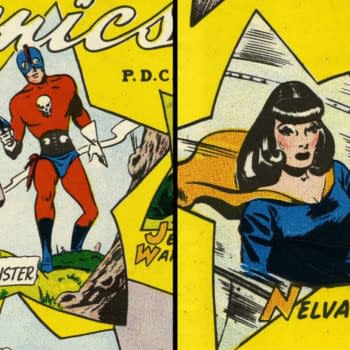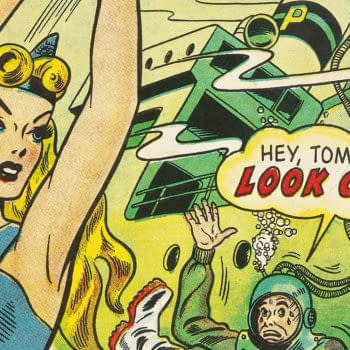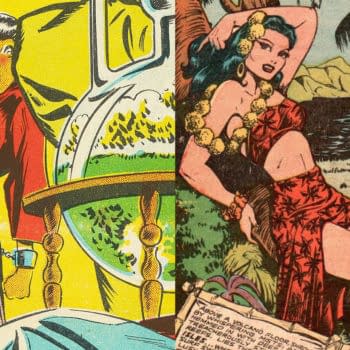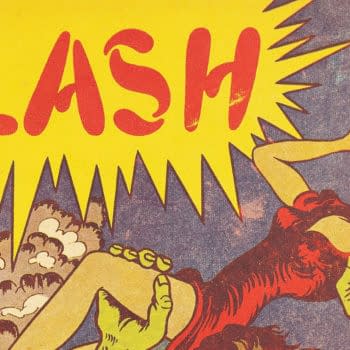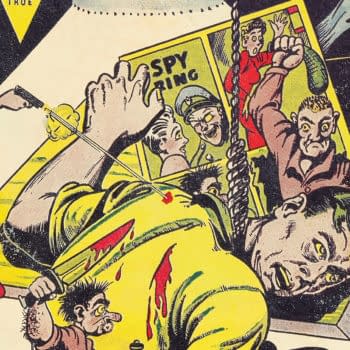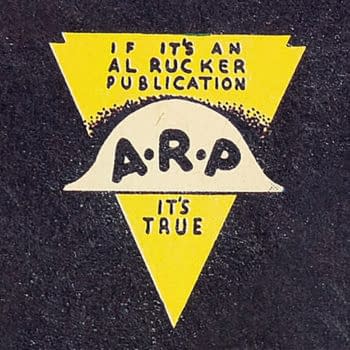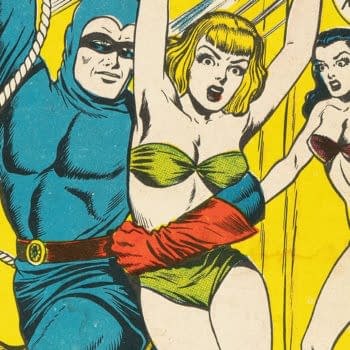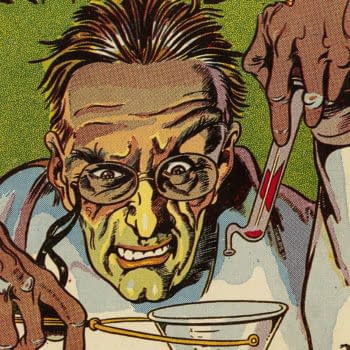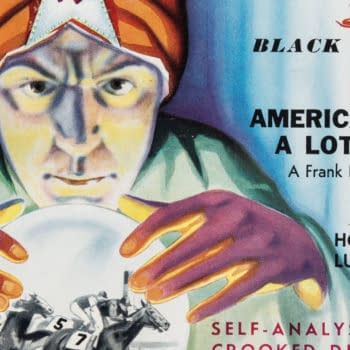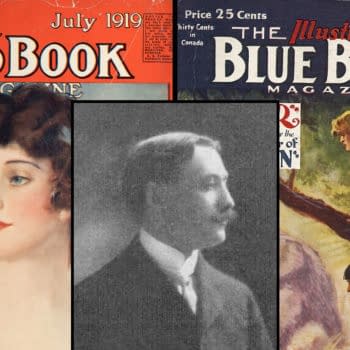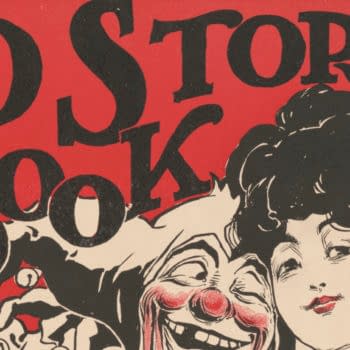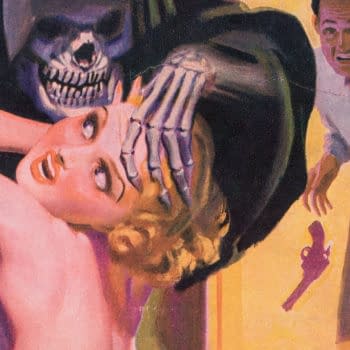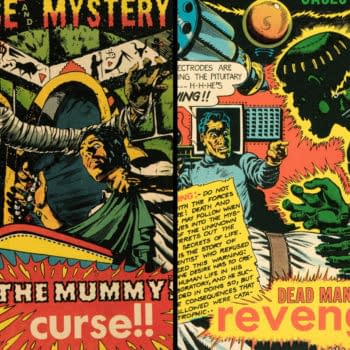NIU is holding a fundraiser April 2-3 to back an effort to conserve and digitize the world's best collection of historically important Family Story Paper.
Vintage Paper Archives
Tales of Terror Annual #1 has been considered one of the toughest to get EC Comics New Trend issues for as long as there's been an EC fandom.
The month after debuting Thanos & Drax in Iron Man & the same month his Captain Marvel saga launched, Where Monsters Dwell shows the Jim Starlin cosmic era had begun.
Publisher Anglo-American Publishing had Fawcett Captain Marvel stories redrawn in Canada during the Golden Age.
Canadian publisher F.E. Howard did some unusual Archie Comics reprints in Canada during WWII, which remain highly sought-after today.
Pioneer Publishing of London, Ontario, is a mysterious publisher who put out this unusual Phantom Lady #17 reprint in 1948.
Legendary comic book artist Jim Aparo contributed to a large number of DC Comics classics, and his Batman #341 cover is an interesting symbol of his career.
Was a notorious paper broker behind the publication of both the U.S. and Canadian version of Atomic Comics?
The very rare 1945 Nelvana of the Northern Lights one-shot has become the most iconic and famous Canadian comic book of the Golden Age.
Batman #11 (1942, DC Comics) has long been one of the most sought-after early issues of the series, but is it also the first death of Robin?
Triumph Comics #21 features a rare Nelvana cover (in her Alana North secret agent identity), plus Captain Wonder, Speed Savage and much more.
Obscure 1949 Bell Features comic book Unusual Adventures #52 features an adaptation of Brewster's Millions and a master criminologist named Dr. Doom.
Marvel's Millie the Model appeared in a wide range of Bell Features comic books, including Active Comics #103.
In 1947, U.S. customs categorized the last Golden Age appearance of Nelvana & Mr. Monster as a pamphlet, resulting in tariff charge, and a court proceeding that tells us about this unusual release.
Two of the foundational comic book creators of Canada's Golden Age, Ted McCall and Ed Furness, teamed up for Freelance Comics.
Marvel's Namora shows up unexpectedly on the cover of Bell Features' Comics Toons #37, in a cover by Ken Bald from Namora #2.
Bell's Active Comics #29 is an unusual combination of a mysterious Adrian Dingle cover with Matt Baker's South Sea Girl inside.
The unusual 1948 Canadian comic book Flash is a historical oddity, but its circumstances connect it to one of the best-known tabloids of the era.
Rucker Publications' Rocket Man Comics features Gus Ricca's comic artist nightmare cover from the highly sought-after Punch Comics #9.
The road that led Al Rucker to comic publishing took a number of twists and turns, including circus acrobat, map maker, bootlegger, and muckraker.
With Jack Kamen art not seen on a U.S. cover, Bell Features' 4Most #22 features Blue Beetle and Goldie the chorus girl.
Gus Ricca's iconic Dr. Doom piece from the cover of Dynamic Comics #11 was also used for Canadian comic The Weekender v2 #1 from Rucker.
On the trail of the obscure history of the Arthur Gontier era of 10 Story Book, a mystery involving Ziff-Davis founder William B. Davis emerges.
Marvel's original Werewolf by Night story appeared in Marvel Tales #116, cover-dated July 1953 in a Pre-Code Horror classic.
Turn of the century Chicago saloon owner Patrick H. Grimes was reportedly a notorious figure in the city's gambling scene, and also an owner of 10 Story Book.
Magazine and Pulp pioneer Louis Eckstein launched important titles Red Book and Blue Book and had an expansive career beyond the newsstand.
The story behind long running fiction magazine 10 Story Book runs through a number of Chicago newspaper and business institutions.
Weird Menace: The 1930s rise of the Shudder Pulps followed by the rise of the forces that ended them and transformed horror on the newsstand.
L.B. Cole produced a number of stand-out Pre-Code Horror covers during his Star Publications era.
This Magazine is Haunted #16 (Charlton, 1954) features the second-ever Steve Ditko cover, and the highest-graded copy is up for auction. #Ditko #sponsored



